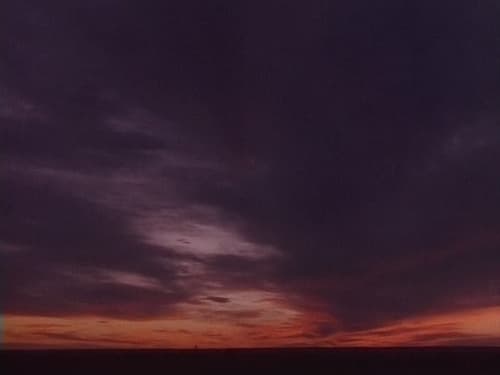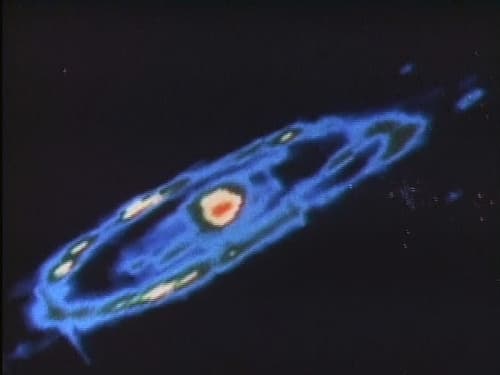 NaN/10(0 votes)
NaN/10(0 votes)#1 - Where is the rest of the universe?
S1:E1Director:James F. GolwayWriter:Unknown0 CommentsBe first to comment!Be the first to share your thoughts
Start!Be the first to comment!Be the first to share your thoughts about this episode
Director:James F. GolwayWriter:Unknown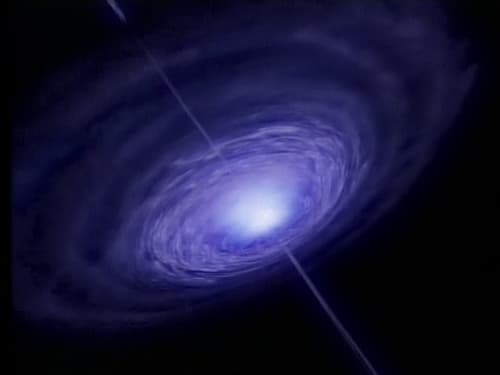 NaN/10(0 votes)
NaN/10(0 votes)#2 - Searching for black holes
S1:E2Director:James F. GolwayWriter:Unknown0 CommentsBe first to comment!Be the first to share your thoughts
Start!Be the first to comment!Be the first to share your thoughts about this episode
Director:James F. GolwayWriter:Unknown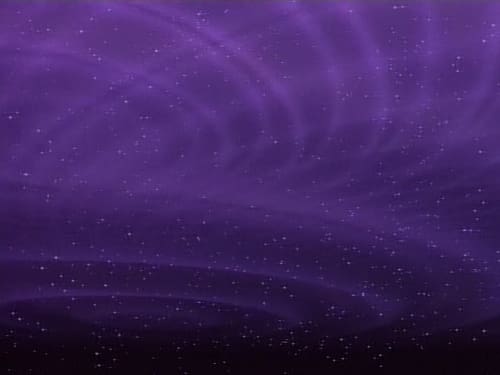 NaN/10(0 votes)
NaN/10(0 votes)#4 - Waves of the Future
S1:E4Director:Linda FefermanWriter:Unknown0 CommentsBe first to comment!Be the first to share your thoughts
Start!Be the first to comment!Be the first to share your thoughts about this episode
Director:Linda FefermanWriter:Unknown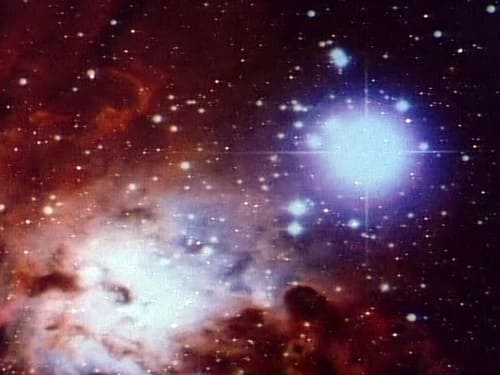 NaN/10(0 votes)
NaN/10(0 votes)#5 - Stardust
S1:E5Director:Christine Zurbach WiserWriter:Unknown0 CommentsBe first to comment!Be the first to share your thoughts
Start!Be the first to comment!Be the first to share your thoughts about this episode
Director:Christine Zurbach WiserWriter:Unknown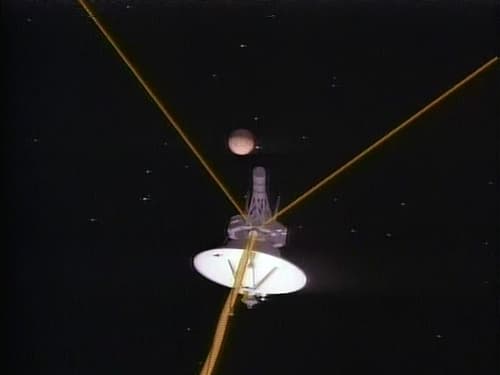 NaN/10(0 votes)
NaN/10(0 votes)#6 - Prospecting for Planets
S1:E6Director:Christine Zurbach WiserWriter:Unknown0 CommentsBe first to comment!Be the first to share your thoughts
Start!Be the first to comment!Be the first to share your thoughts about this episode
Director:Christine Zurbach WiserWriter:Unknown


The Best Episodes of The Astronomers Season 1
Documentary
Every episode of The Astronomers Season 1 ranked from best to worst. Discover the Best Episodes of The Astronomers Season 1!

The Best Episodes of The Astronomers Season 1
Documentary
Every episode of The Astronomers Season 1 ranked from best to worst. Discover the Best Episodes of The Astronomers Season 1!
This series explores the lives and work of noted modern-day astronomers, taking the viewer into the farthest reaches of outer space in search of black...
Seasons1
READ
Season 1 Ratings Summary
"Where is the rest of the universe?" is the best rated episode of "The Astronomers" season 1. It scored /10 based on 0 votes. Directed by James F. Golway and written by Unknown, it aired on 4/12/1991. This episode is rated 0.0 points higher than the second-best, "Searching for black holes".
